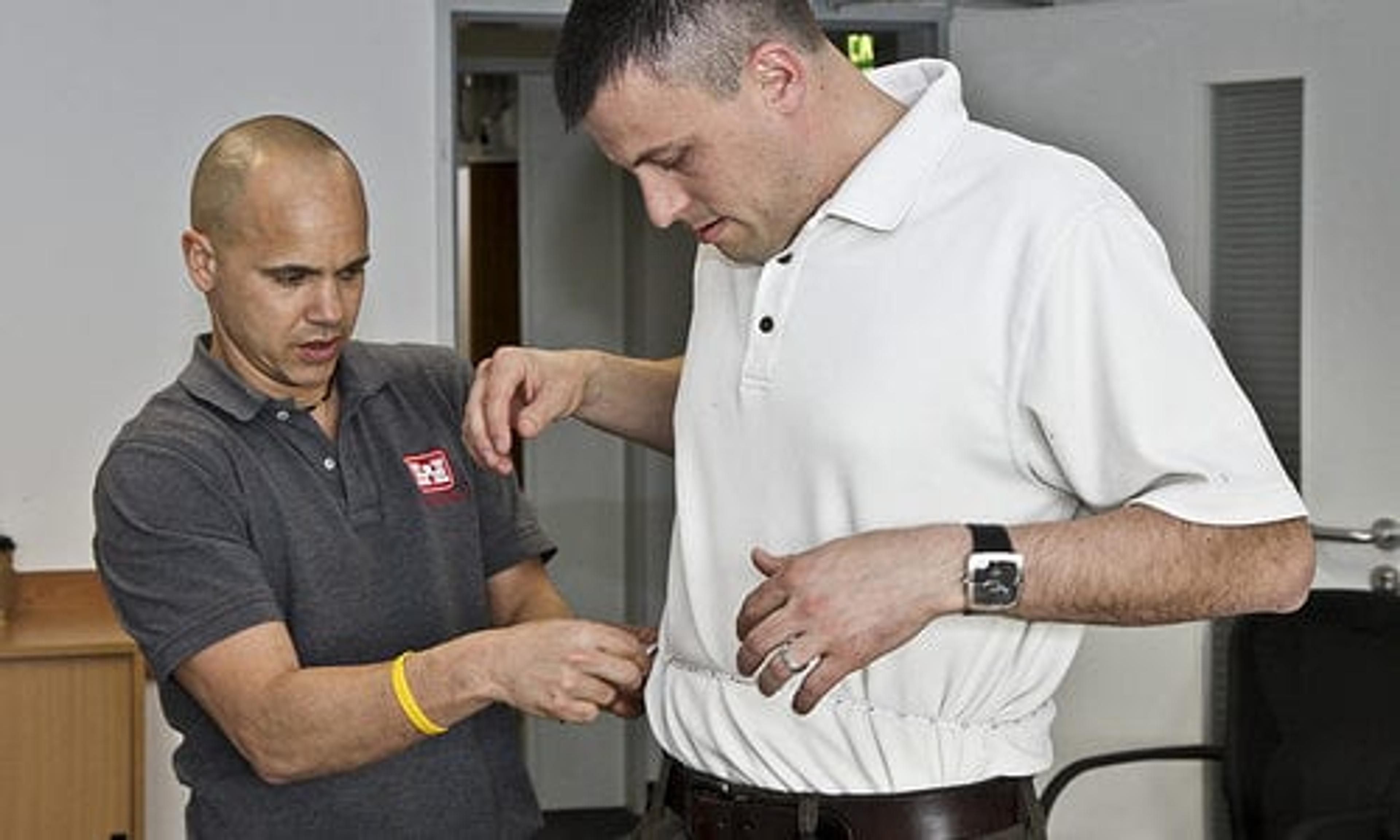Food, nutrition, recipes and more for healthy living.
Health Acronyms You Should Get to Know: BMI and BAI
3 min read

The body mass index, BMI, is currently one of the most popular measures of health by calculating height to weight ratio. It is easy to calculate and uses a simple equation. However, it does not take into account where that weight is coming from. Is that weight coming from fat or muscle? Enter body adiposity index, also known as BAI, to help determine the difference between fat and muscle.
Body Adiposity Index
Shakira sings about how her hips don’t lie, and this could be true for the BAI. It is a new measurement, that uses hip circumference and height to determine obesity levels. Hip circumference has a strong correlation to body fat, which is why this measure may give a clearer picture regarding the amount of fat a person is carrying. This was all determined in a study that was written about in the Obesity research journal.
The new BAI formula is: BAI = ((hip circumference in cm)/((height in meters) 1.5)-18)
To calculate your BAI, you must have your hip circumference measurement in centimeters. You must measure your hips at the widest point with your feet together. You also need your height in meters. A calculator comes in handy, too. If you don’t feel like doing the math, you can input your numbers here to get your BAI.
The results fall under the same measurements as BMI:
- Over 40 is considered morbidly obese
- 30+ is considered obese
- Between 25 and 29.9 is considered overweight
- Between 18.5 and 24.9 is considered healthy
- Under 18.5 is consider underweight
Use Them Both
In my opinion, I think using both BMI and BAI together could give you the most insight about your body and health. Even though BMI is not perfect, for the average person, it does give you information about your height to weight ratio. It has been used for a long time and is still considered by medical professionals as a standard for general health and proper weight. If you then also calculate your BAI, it will help determine what part of your weight may be from actual fat, rather than muscle.
Try calculating your BMI and BAI and see how accurate they are based on your health and body. I did it and they were pretty much in alignment with what I was thinking. Don’t be scared – remember, this knowledge is power. Once you know where you are, you can move forward to take the next steps to keep you as healthy as possible.
Do you think BAI could be a good indicator of the amount of fat on your body? Weigh in (pun intended). I’d love to hear from you.
Photo Credit: USACE Europe District









